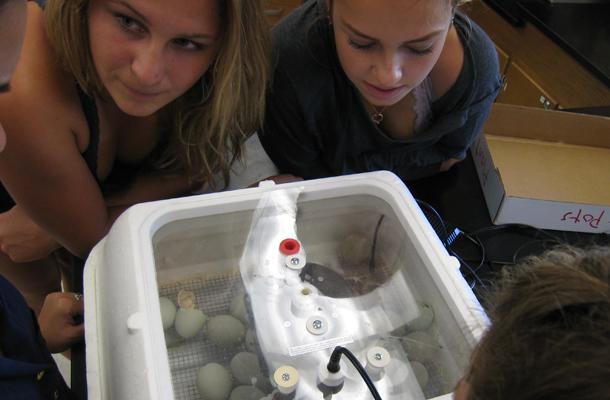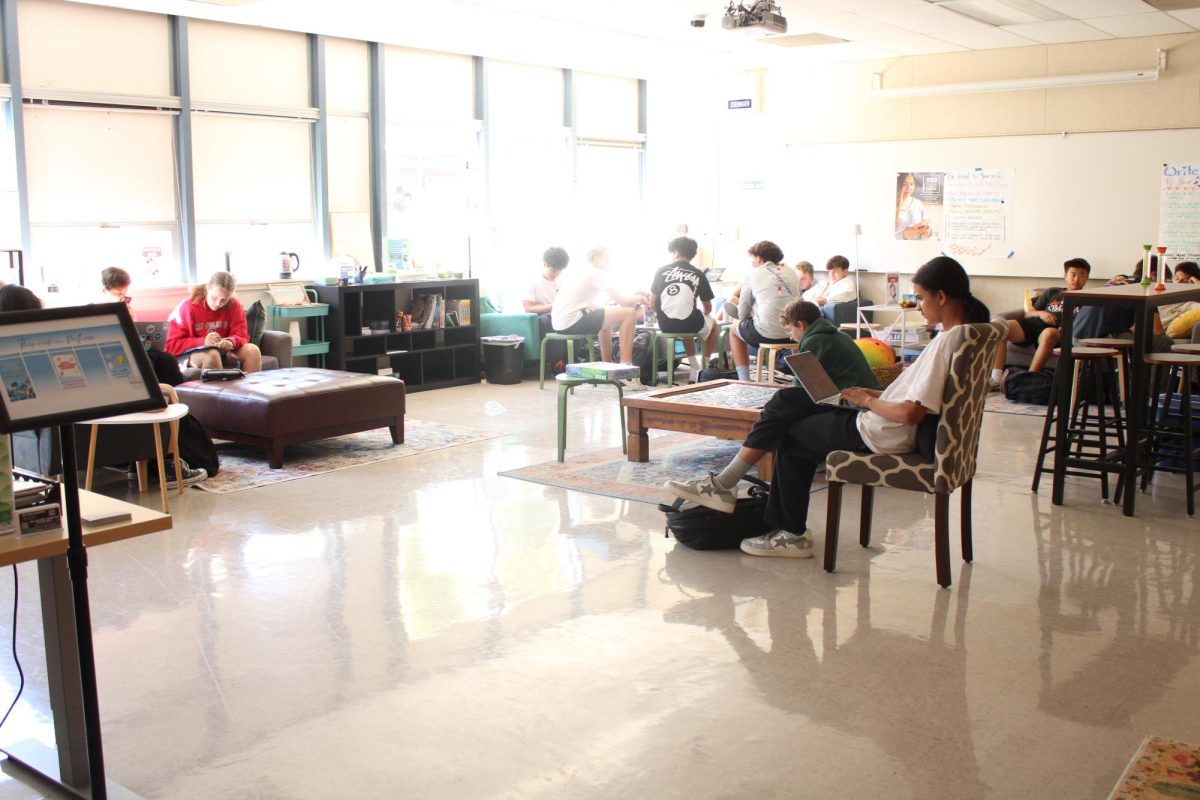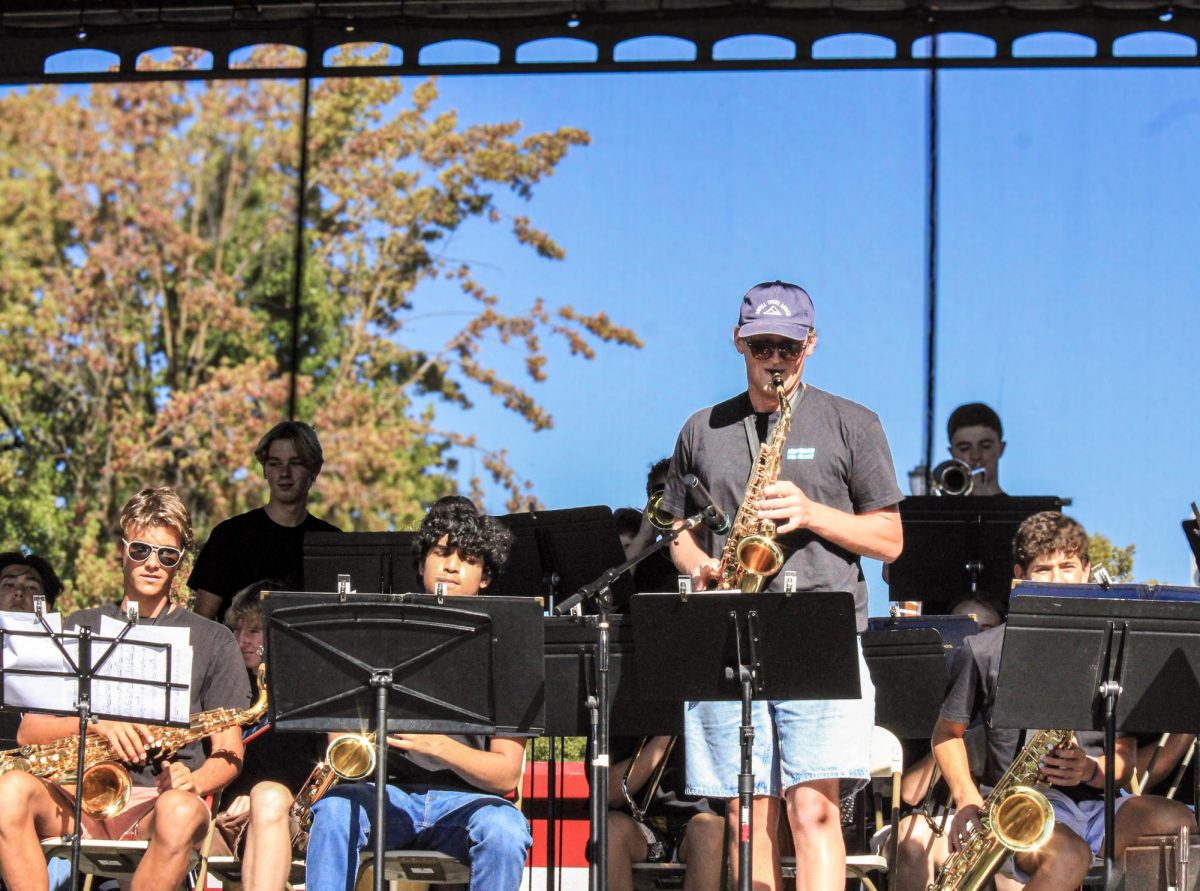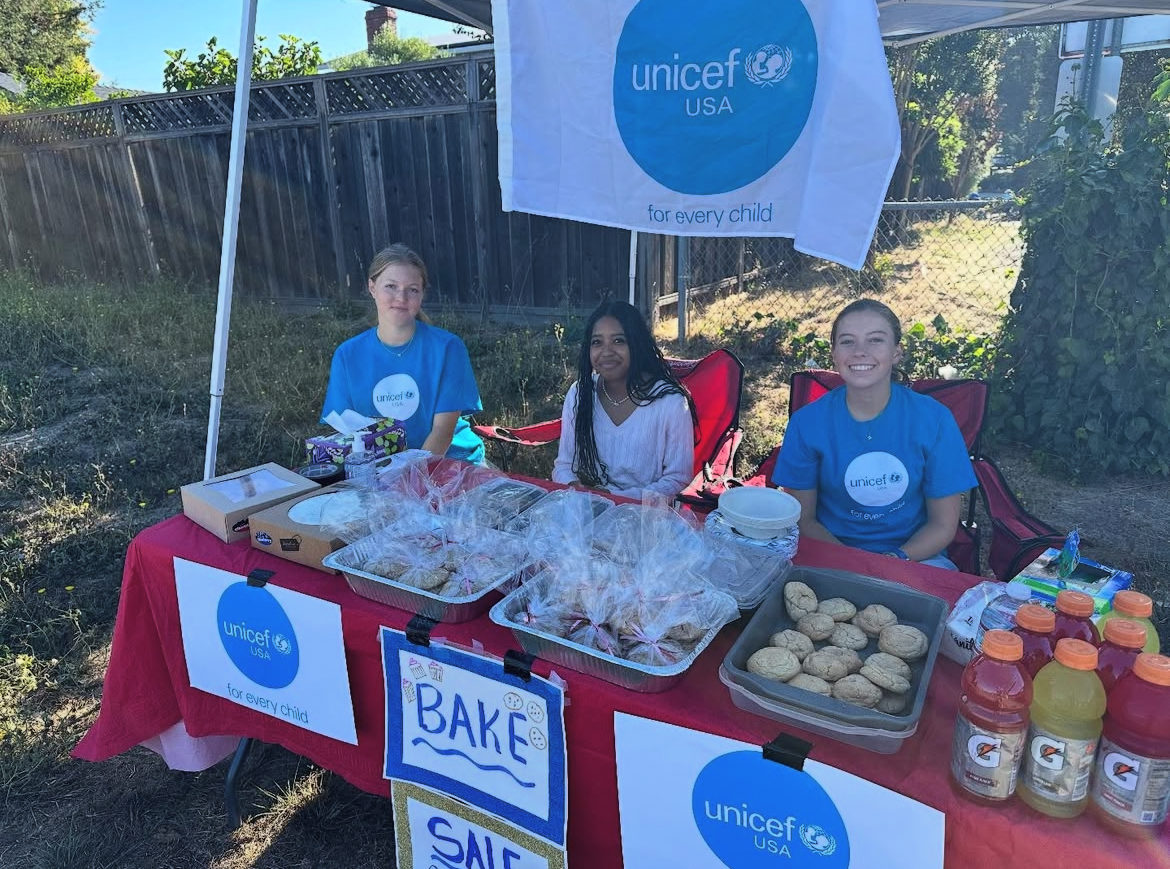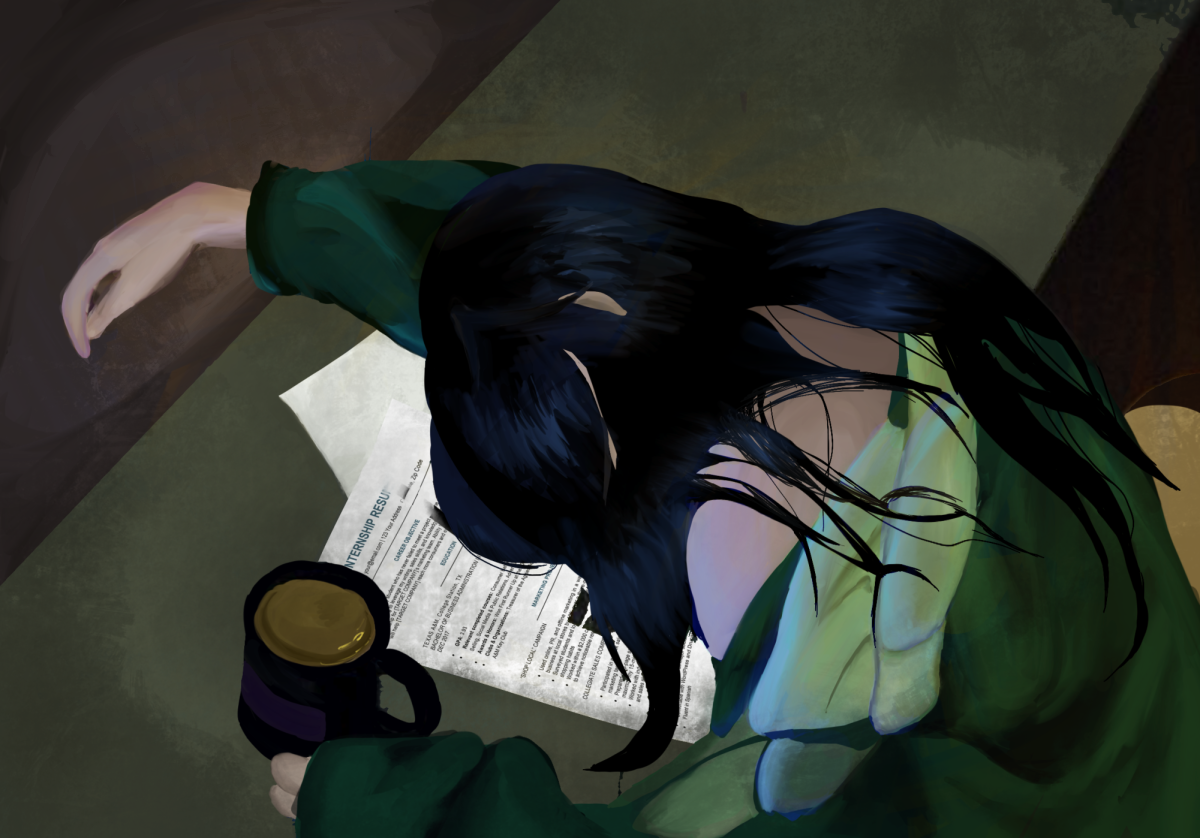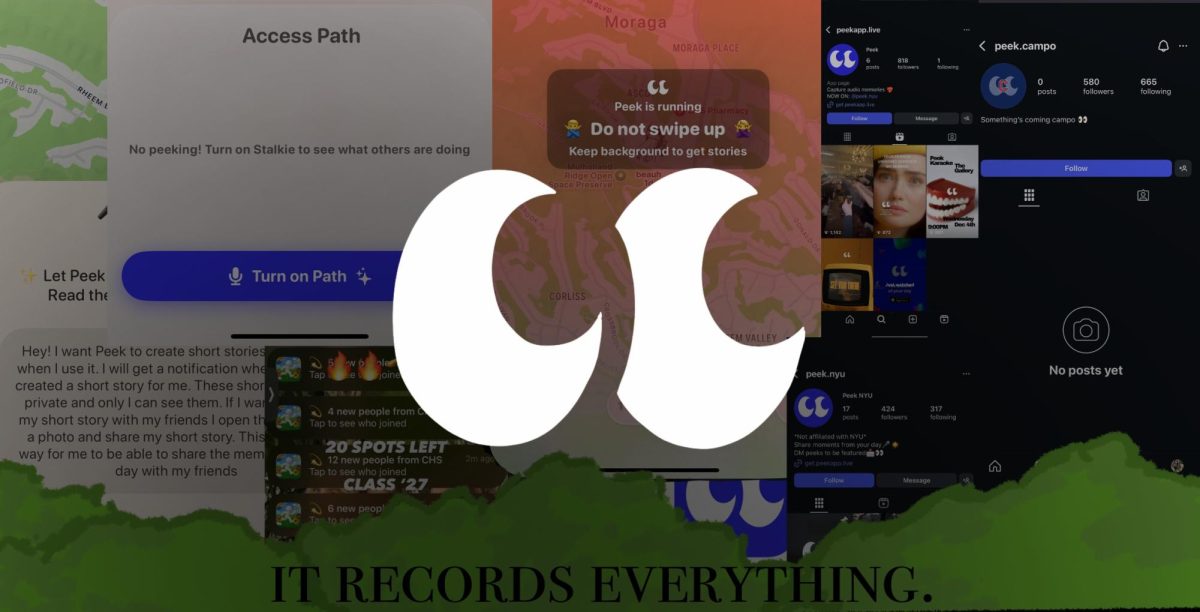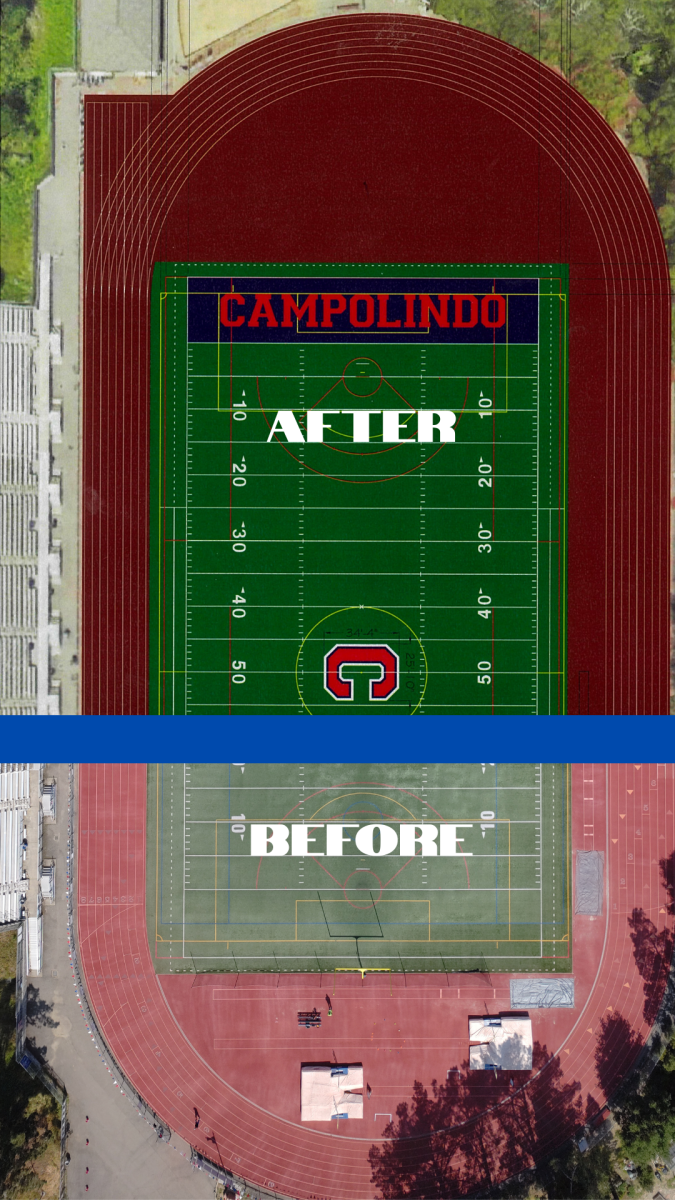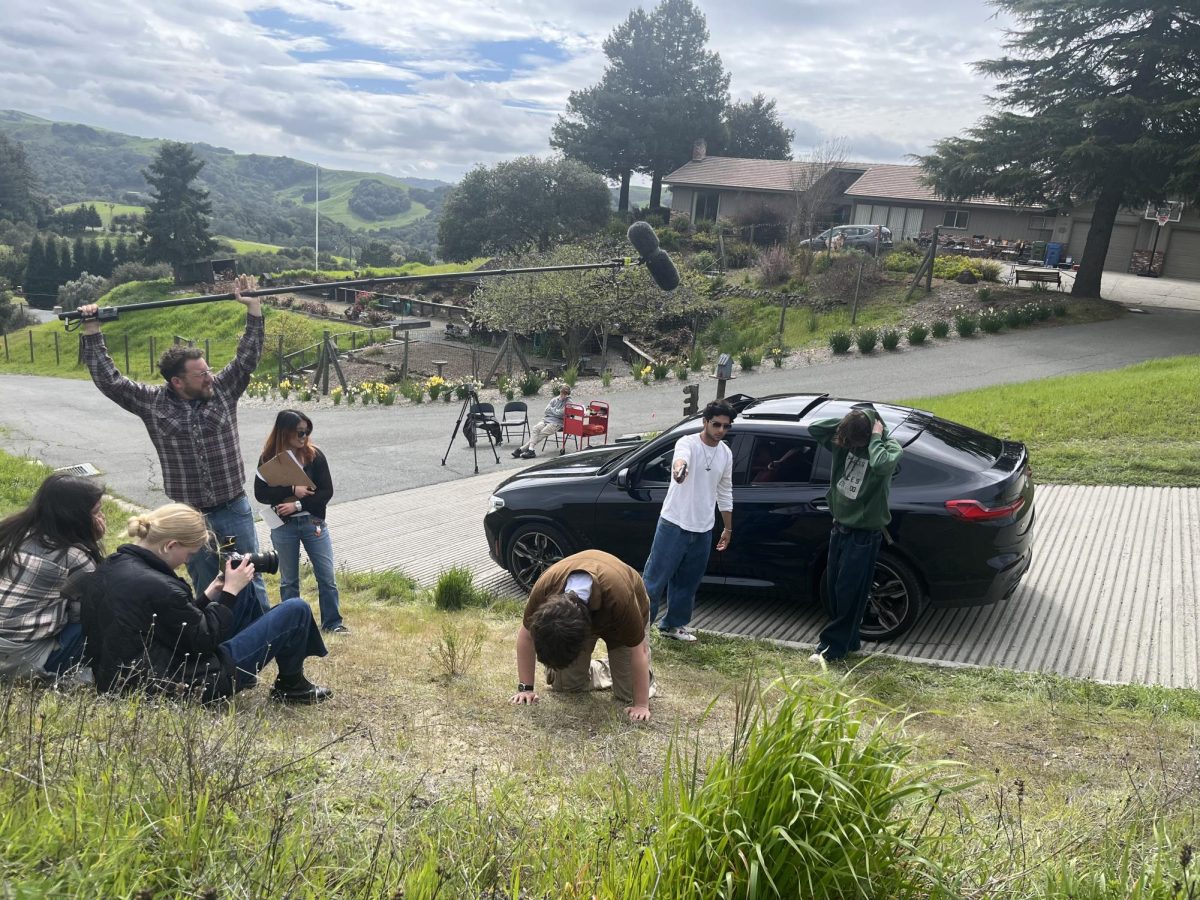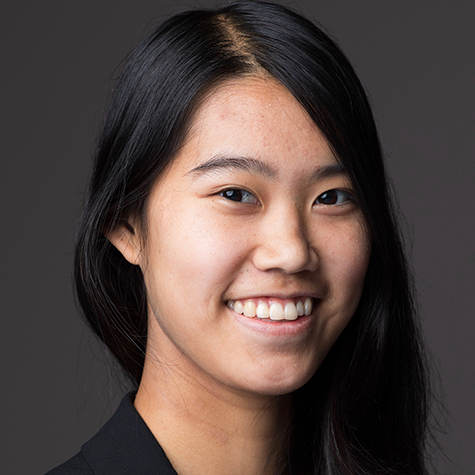The biology classes hatched, raised, and conducted experiments with chickens throughout September and October.
Patrick Wildermuth bought 8 dozen eggs at a chicken ranch in Vacaville. The hatching days varied since biology teachers put eggs into the incubator at different times. The incubation period is 21 days.
However, most eggs did not hatch.
“The majority of the eggs were infertile, so I guess it wasn’t a good batch from that particular breeder,” Gillibert said. “This is the first time we’ve bought eggs from that woman up in Vacaville.”
“The rooster was not doing his job,” Wildermuth said. “It wasn’t anything the kids did wrong or we did wrong; it’s just that they weren’t fertilized to begin with.”
1 of Gillibert’s chicks died a week after it hatched. According to Wildermuth, the chick had to be helped out of its shell because it was having trouble. “I felt bad for it, so I wanted to help it, and so I made him [Gillibert] help it out,” Wildermuth said. The chick had a “bum leg,” said Gillibert.
Wildermuth added, “It just goes to show you that you probably shouldn’t try to help nature, because there’s a reason why it wasn’t hatching properly.”
1 of Wildermuth’s chicks was similarly affected. “One of them got its beak out but couldn’t quite get out,” Wildermuth said. “This time I didn’t help it because I learned from my mistake. I learned it wasn’t a good idea because it just prolongs the agony.”
The rest of the 8 chickens “look good. One of them is a little small,” said Wildermuth.
One of Gillibert’s embryos and three of Wildermuth’s were affected by a genetic mutation. “I don’t know exactly what the mutation is, but it’s a recessive condition. So if the chicks are homozygous recessive for this trait, then they die at day 18 in the development process,” Gillibert said.
Each egg was numbered, and students got into small groups and chose an egg to watch.
Biology classes did experiments and measurements with the eggs and newly hatched chicks.
Freshman biology student Seppi Ortman said, “Every couple few days we’d break open an egg and see what they looked like inside.”
“We looked at the embryos as the chickens were developing,” said Gillibert. “And then we just talked about how development occurs in the chickens and compared it to our development, since we go through a lot of the same stages as the chickens do.”
After the chickens hatched, class measured and graphed the weights to determine if they could use the weights to predict survival. Ortman said he enjoyed the experiments.
Gillibert said he plans to keep his remaining 3 chickens in the classroom for about 6 weeks. He added, “Once they’re big enough to live outside, we’ll move them to the garden.”
Gillibert and the biology department has raised chickens annually for about 10 years. Gillibert said he chose to raise chickens because “they’re cheap, easy to raise, and you need to have something that lays an egg in order to watch its development without cutting open the female.”
Biology teacher Roxanna Jackman was inspired to join in on the chicken raising this year. She said, “Last year some bio teachers did a practice one. I thought the lessons they did were very good lessons and the students seemed really excited and engaged with the science that was going on.”
At the end of every year, the chickens are given away. According to Gillibert, last year’s chickens were given to students and the garden coordinator. Gillibert said, “We can keep them, but we want the Bio students to see the new chickens hatching [and] going through the process, so we’d just end up with too many chickens.”
Senior AP Biology student Hayley Lyon said the birds are “really cute, but they’re also annoying.”
“They’re adorable,” Lyon said. “I like animals and I think baby animals are really cute. And they’re annoying because for example, when we are taking a test, they’re just sitting there chirping.”
“I like ’em,” Gillibert said. “I think it’s fun to watch them grow and develop.”
